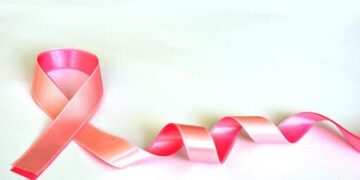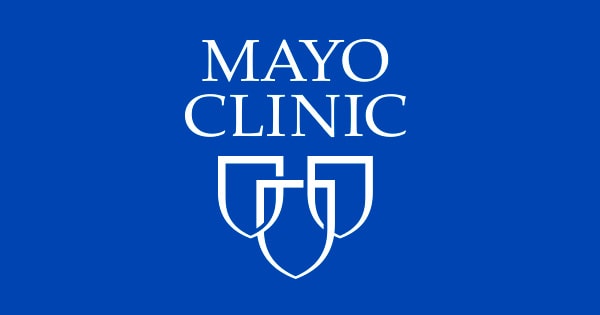Drug-eluting stents: Do they increase heart attack risk?
The most common type of heart stent is often safe and effective when used with anti-clotting medicine.
By Mayo Clinic Staff
A stent is a small mesh tube put into an artery to keep it open. A drug-eluting stent is coated with a slow-release medicine to help stop blood clots from forming in a stent.
Blood clotting in a stent can cause a future blockage, called restenosis, and may lead to a heart attack.
Stents without a drug coating are called bare-metal stents.
Drug-eluting stent safety
Today, new and better versions of drug-eluting stents are available. These stents are safe and effective for most people when used with anti-clotting medicines as prescribed. In general, drug-eluting stents are less likely to cause blockages than are bare-metal stents.
A drug-eluting stent is the most common type of stent used to treat a blockage of the heart arteries. Many people with heart problems have been successfully treated with drug-eluting stents. Use of these stents may prevent the need for more-invasive procedures, such as coronary artery bypass surgery.
A heart doctor, called a cardiologist, places a stent during coronary angioplasty, also called percutaneous coronary intervention. In this procedure, a thin, flexible tube, called a catheter, with a balloon on the tip is put in a blood vessel. The balloon is inflated for a short time to widen the blocked artery and help blood flow. Sometimes, a drug-coated balloon is used.
For chest pain due to a blocked heart artery, a drug-eluting stent can lower the symptoms. It also may prevent the need for more angioplasty procedures.
What to consider before getting a drug-eluting stent
A drug-eluting stent may not be a choice for people with a history of bleeding problems. That’s because aspirin and a prescription blood thinner such as clopidogrel (Plavix) must be taken. This is to help stop blood from clotting in the stent. Having a drug-eluting stent might mean taking a daily aspirin for life.
A healthcare professional can give more instructions on what to expect before and after drug-eluting stent placement. Some things to consider are:
Needing another type of surgery soon. A healthcare professional might recommend waiting to have noncardiac surgery for one year after getting a drug-eluding stent. Noncardiac surgery is any surgery not related to the heart. For those who can’t wait to have surgery, a bare-metal stent may be a better choice.
Needing a change of medications. Blood thinners and aspirin can have an effect on surgeries, some medical procedures and some medicines. If a noncardiac surgery can’t be postponed, a healthcare professional might change the dose of anti-clotting medicines and aspirin. It also might be possible to stop taking anti-clotting medicines six months after stent placement, but only with the approval of a care team.
After getting a drug-eluting stent
After you get a drug-eluting stent, a healthcare professional prescribes medicines, such as aspirin and statins, and lifestyle changes. These are ways to help keep problems from happening with the stent or your heart. To change your lifestyle in a healthy way, stop smoking, eat a heart-healthy diet and get plenty of exercise.
For some people, coronary bypass surgery may be done instead of stent placement. Coronary bypass surgery works well, but it’s more invasive than using stents, which means a longer recovery time.
From Mayo Clinic to your inbox
Sign up for free and stay up to date on research advancements, health tips, current health topics, and expertise on managing health. Click here for an email preview.
To provide you with the most relevant and helpful information, and understand which
information is beneficial, we may combine your email and website usage information with
other information we have about you. If you are a Mayo Clinic patient, this could
include protected health information. If we combine this information with your protected
health information, we will treat all of that information as protected health
information and will only use or disclose that information as set forth in our notice of
privacy practices. You may opt-out of email communications at any time by clicking on
the unsubscribe link in the e-mail.
May 14, 2024
Stents. National Heart, Lung, and Blood Institute. https://www.nhlbi.nih.gov/health-topics/stents. Accessed Feb. 24, 2024.
Cutlip D, et al. Intracoronary stents: Stent types. https://www.uptodate.com/contents/search. Accessed Feb. 24, 2024.
Libby P, et al., eds. Percutaneous coronary intervention. In: Braunwald’s Heart Disease: A Textbook of Cardiovascular Medicine. 12th ed. Elsevier; 2022. https://www.clinicalkey.com. Accessed Feb. 24, 2024.
Cho S, et al. Long-term efficacy of extended dual antiplatelet therapy after left main coronary artery bifurcation stenting. The American Journal of Cardiology. 2020; doi:10.1016/j.amjcard.2019.10.046.
Coronary heart disease. National Heart, Lung, and Blood Institute. https://www.nhlbi.nih.gov/health-topics/coronary-heart-disease. Accessed Feb. 24, 2024.
Min L, et al. Drug-coated balloon versus drug-eluting stent in de novo small coronary vessel disease: A systematic review and meta-analysis. Medicine. 2019; doi:10.1097/MD.0000000000015622.
Piccolo R, et al. Drug-eluting or bare metal stents for left anterior descending or left main coronary artery revascularization. Journal of the American Heart Association. 2021; doi:10.1161/JAHA.120.018828.
AskMayoExpert. Anti-platelet therapy for coronary stents. Mayo Clinic; 2019.
Omar WA, et al. The current literature on bioabsorbable stents: A review. Current Atherosclerosis Reports. 2019; doi:10.1007/s11883-019-0816-4.
Piccolo R, et al. Drug-eluting or bare-metal stents for percutaneous coronary intervention: A systematic review and individual patient data meta-analysis of randomised clinical trials. The Lancet. 2019; doi:10.1016/S0140-6736(19)30474-X.
See more In-depth
.
>>> Read full article>>>
Copyright for syndicated content belongs to the linked Source : Mayo Clinic – http://www.mayoclinic.org/diseases-conditions/coronary-artery-disease/in-depth/drug-eluting-stents/art-20044911































